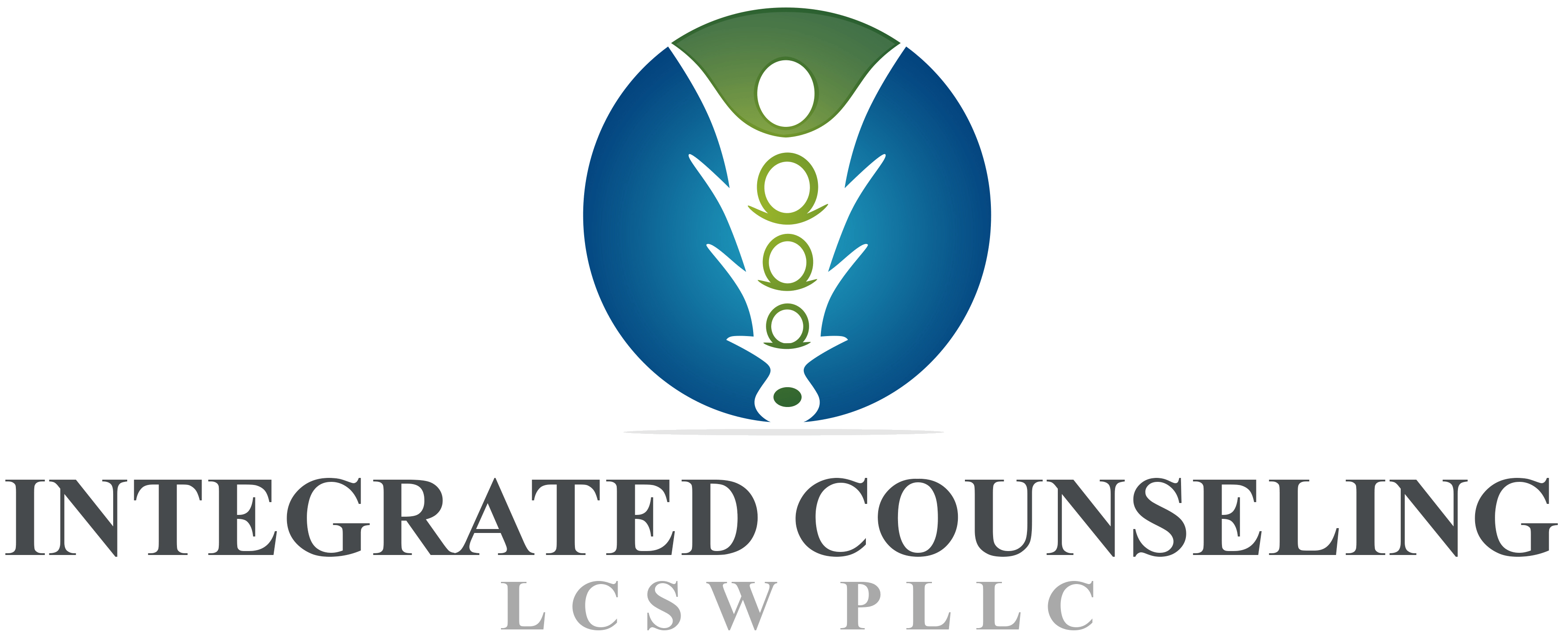Therapy for LGBTQ+ individuals and gay parents is a specialized form of therapy that focuses on addressing the unique needs and experiences of the LGBTQ+ community. As a therapist working with LGBTQ+ individuals and gay parents, your role is to provide a safe, affirming, and supportive space where clients can explore their identities, navigate challenges, and enhance their well-being.
In therapy for LGBTQ+ individuals and gay parents, you would typically begin by creating an inclusive and non-judgmental environment that respects clients’ sexual orientation, gender identity, and diverse backgrounds. You would strive to understand their specific concerns, experiences, and goals, taking into account the intersectionality of their identities.
Key components of therapy for LGBTQ+ individuals and gay parents include:
- Affirmation and Validation: Offering affirmation and validation of clients’ sexual orientation, gender identity, and personal experiences. This helps individuals and couples feel accepted and valued, fostering a sense of self-acceptance and self-worth.
- Identity Exploration and Coming Out: Providing a space for clients to explore and understand their sexual orientation or gender identity. This may involve discussing the coming-out process, navigating societal stigma, and developing strategies to promote self-acceptance and resilience.
- Family and Relationship Support: Assisting LGBTQ+ individuals and gay parents in managing family dynamics, fostering healthy relationships, and addressing any challenges they may encounter within their families of origin, chosen families, or intimate relationships.
- Coping with Discrimination and Stigma: Supporting clients in developing effective coping strategies to navigate discrimination, stigma, and social challenges they may face due to their sexual orientation or gender identity. This may involve building resilience, assertiveness skills, and finding supportive community resources.
- Parenting and Family Planning: Providing guidance and support for gay individuals or couples navigating the journey of parenting or family planning. This may include discussing options such as adoption, surrogacy, or co-parenting arrangements, as well as addressing unique challenges that may arise in the context of LGBTQ+ parenting.
- Mental Health and Well-being: Addressing mental health concerns that are common among LGBTQ+ individuals, such as depression, anxiety, substance abuse, or self-esteem issues. Therapy aims to help clients develop effective coping strategies, enhance their resilience, and improve overall emotional well-being.
- Gender Transition Support: Providing support and guidance to transgender and gender-diverse individuals who are exploring or undergoing gender transition. This may involve discussing the social, emotional, and medical aspects of transition, as well as addressing any mental health needs throughout the process.
- Community Resources and Advocacy: Connecting clients with LGBTQ+-affirming resources, support groups, and community organizations that can provide additional support and advocacy. This helps individuals and families build connections and find spaces where they can thrive and be understood.
The goal of therapy for LGBTQ+ individuals and gay parents is to create an empowering and validating therapeutic space that acknowledges and embraces clients’ diverse identities. By addressing the unique challenges, promoting self-acceptance, and fostering resilience, therapy aims to enhance clients’ well-being, strengthen relationships, and support their journey towards living authentic and fulfilling lives.

